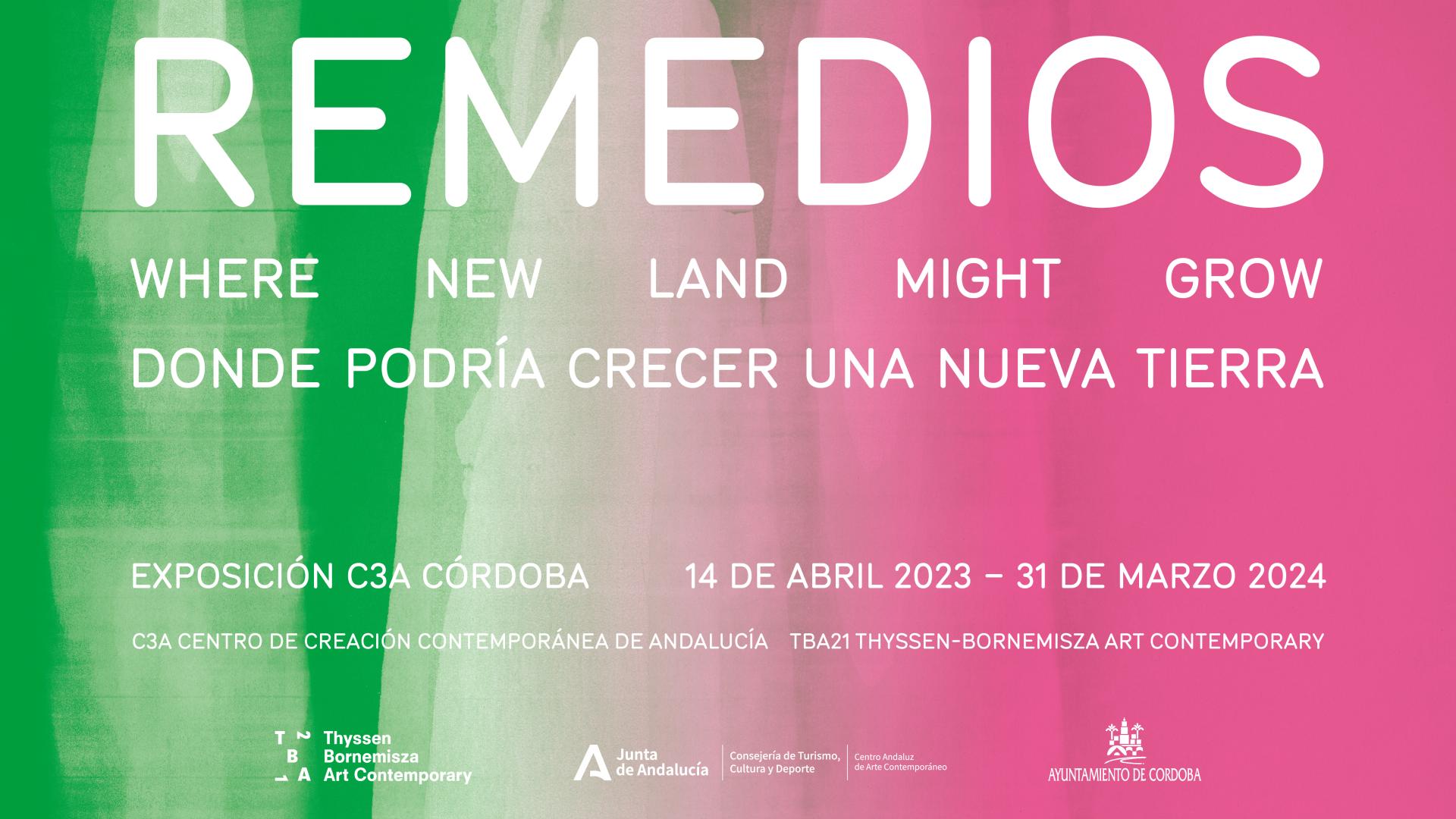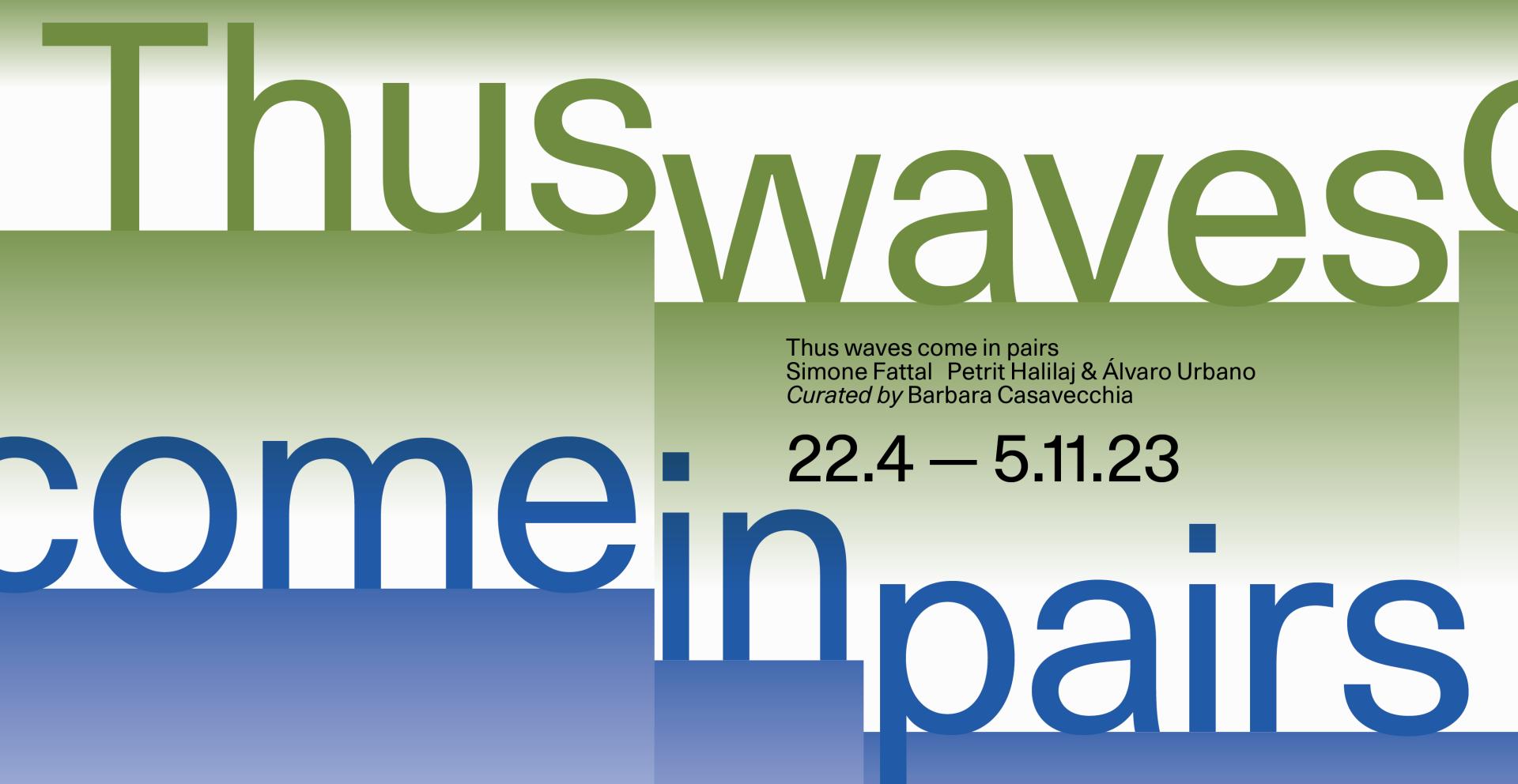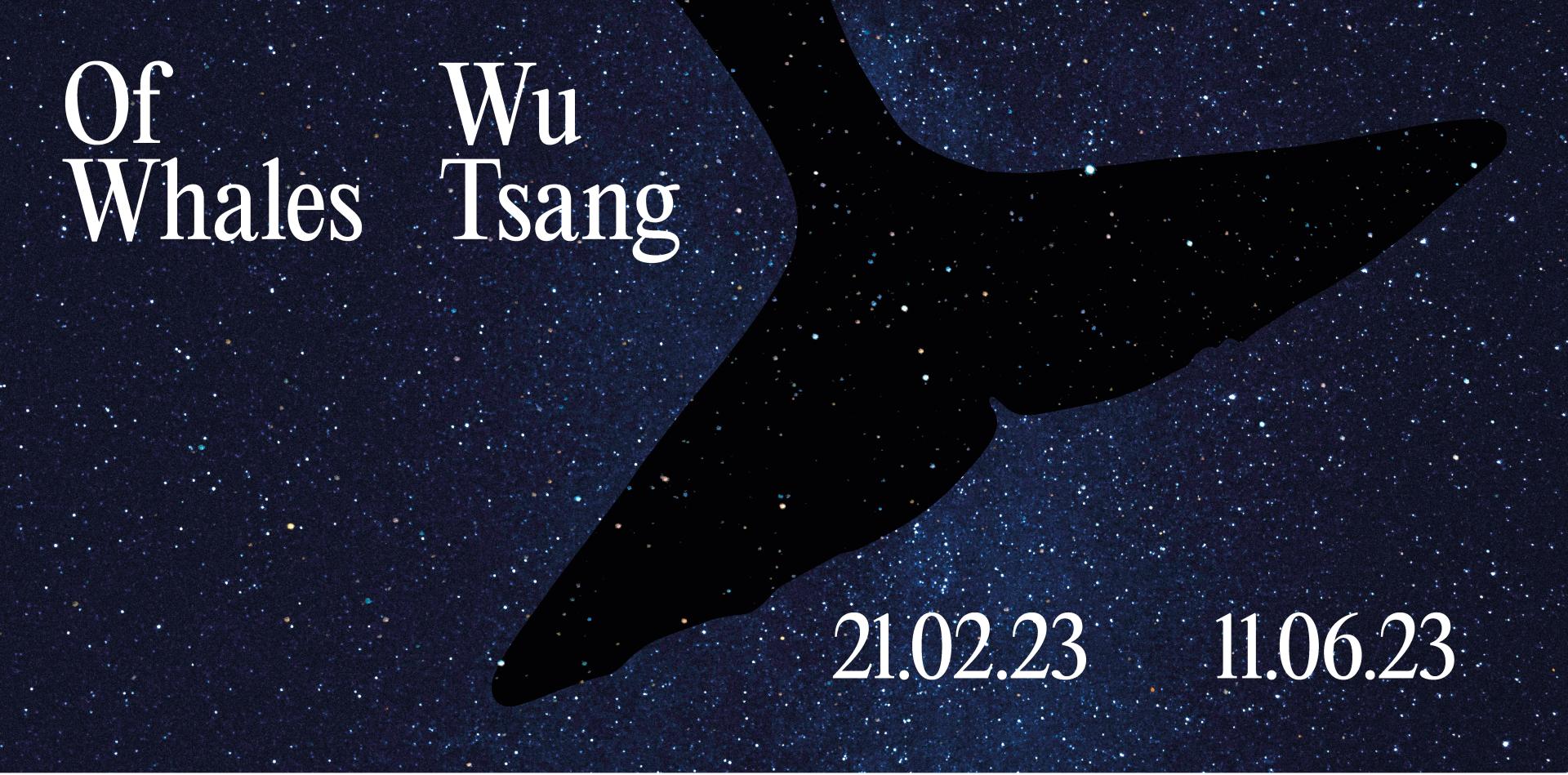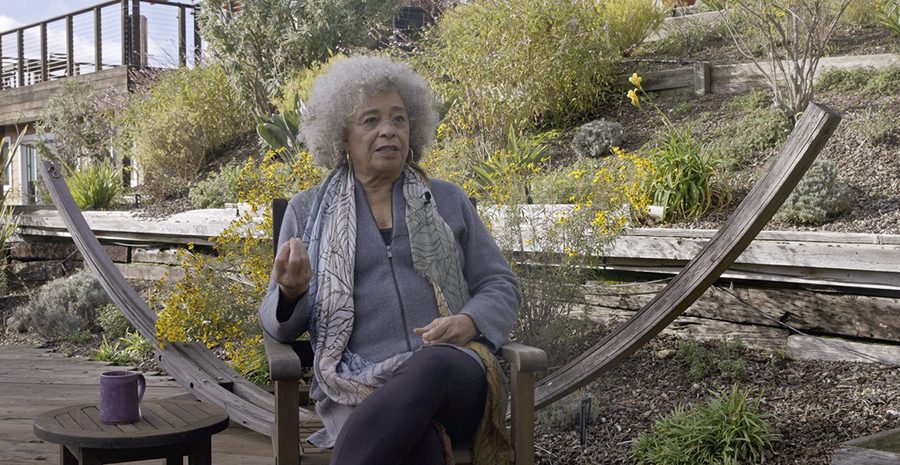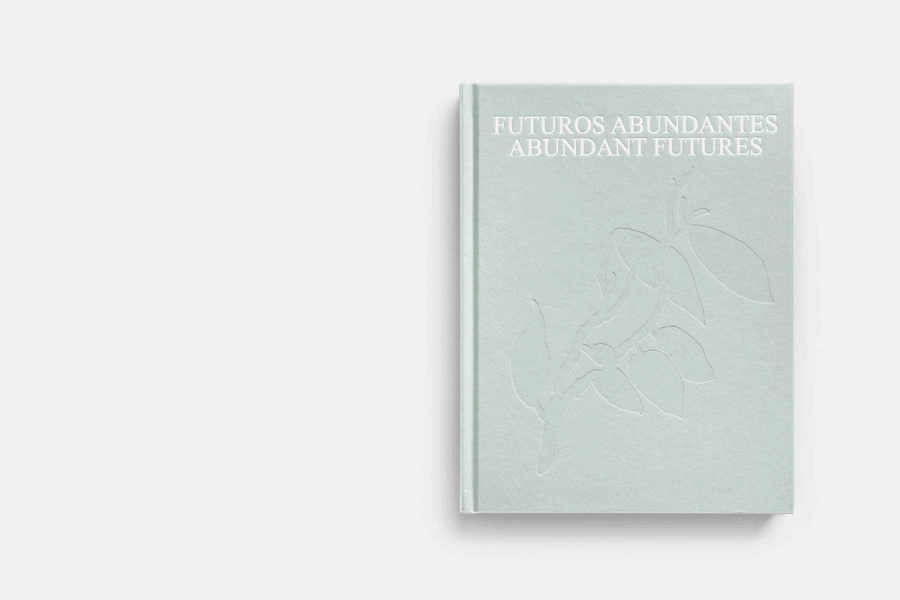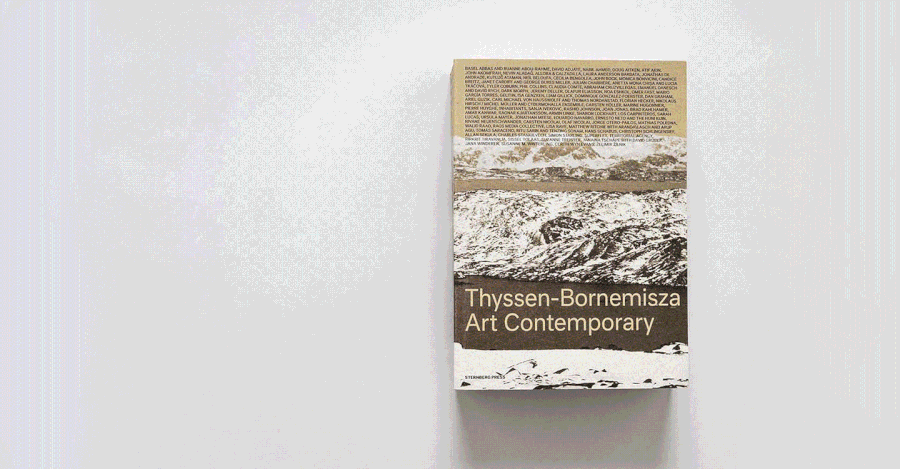Versuch über die Schwerkraft, 2004
Hans Schabus

© Bruno Klomfar / Engholm Engelhorn Galerie, Vienna, 2005
Collection
Chip board for concrete boarding, soft wood, air-dried clay, lead pencil, black, red and green felt-tip pen, crate
Model: 18.7 x 77.5 x 77.5 cm, model + crate (=pedestal): 62.7 x 85 x 85 cm
Hans Schabus’s monumental takeover of the Austrian Pavilion at the 2005 Venice Biennale essentially converting a cultural location into a pseudo-natural setting when the artist mantled the pavilion with timber and tarpaper, transforming it into a full-scale mountain for an intervention titled The Last Land. The building, designed by Josef Hoffmann in 1935, is located on the Venetian island Sant’Elena, which is fittingly man-made from detritus of demolished houses and excavations. The extraordinary undertaking conceived of the pavilion as a singular space, a mountain to be explored by its visitors.
In his creative practice, Hans Schabus concerns himself with the location of the artwork, staging interventions to explore the physical and psychological characteristics of the space to resulting in a stage-like location for display. The labyrinth contained within The Last Land hinted at something primeval, a metaphorical journey in physical form across multiple levels and viewing platforms. In conceiving the pavilion, Schabus extensively researched history of the pavilion, the first international fairs, and the Venice Biennale. Beginning at the artist’s studio in Vienna and spanning the peaks and valleys of the Austrian and Italian landscapes and histories, the work arrives its final form in Venice where it is documented within the “mountain.”
The model, Versuch über die Schwerkraft, is one of Hans Schabus’ earlier examinations into the mantling of the Austrian Pavilion. The model represents his approach to creating both a sculpture and an intervention based on that artist’s and viewer’s spatial experience as a reflection on art. – Alicia Reuter
*1970 in Watschig, Austria | Living and working in Vienna, Austria
Model: 18.7 x 77.5 x 77.5 cm, model + crate (=pedestal): 62.7 x 85 x 85 cm
Hans Schabus’s monumental takeover of the Austrian Pavilion at the 2005 Venice Biennale essentially converting a cultural location into a pseudo-natural setting when the artist mantled the pavilion with timber and tarpaper, transforming it into a full-scale mountain for an intervention titled The Last Land. The building, designed by Josef Hoffmann in 1935, is located on the Venetian island Sant’Elena, which is fittingly man-made from detritus of demolished houses and excavations. The extraordinary undertaking conceived of the pavilion as a singular space, a mountain to be explored by its visitors.
In his creative practice, Hans Schabus concerns himself with the location of the artwork, staging interventions to explore the physical and psychological characteristics of the space to resulting in a stage-like location for display. The labyrinth contained within The Last Land hinted at something primeval, a metaphorical journey in physical form across multiple levels and viewing platforms. In conceiving the pavilion, Schabus extensively researched history of the pavilion, the first international fairs, and the Venice Biennale. Beginning at the artist’s studio in Vienna and spanning the peaks and valleys of the Austrian and Italian landscapes and histories, the work arrives its final form in Venice where it is documented within the “mountain.”
The model, Versuch über die Schwerkraft, is one of Hans Schabus’ earlier examinations into the mantling of the Austrian Pavilion. The model represents his approach to creating both a sculpture and an intervention based on that artist’s and viewer’s spatial experience as a reflection on art. – Alicia Reuter
*1970 in Watschig, Austria | Living and working in Vienna, Austria



